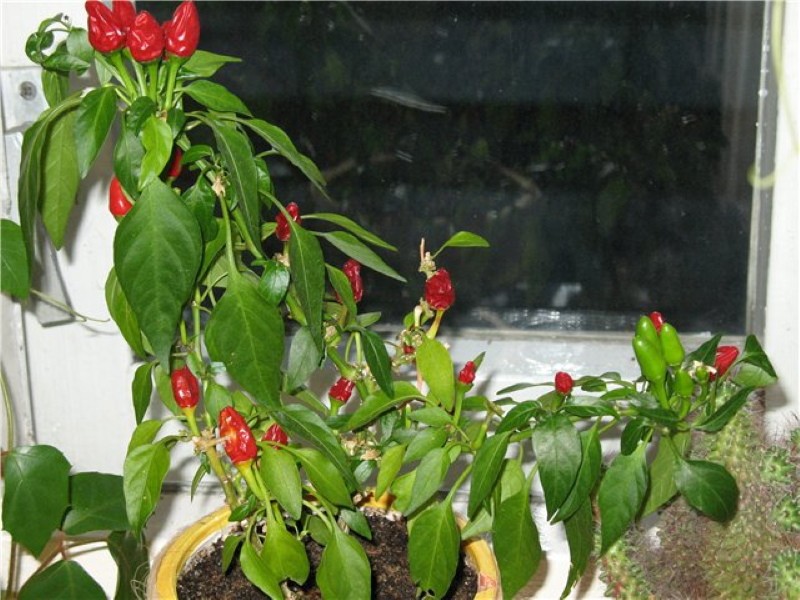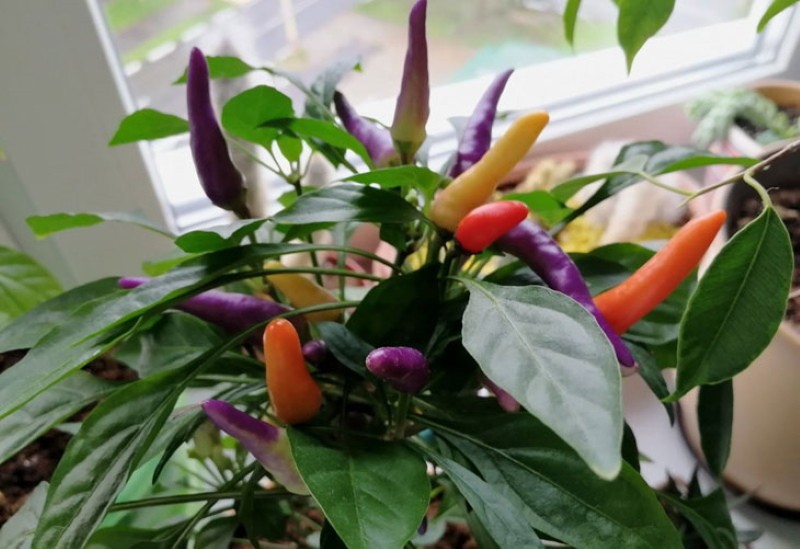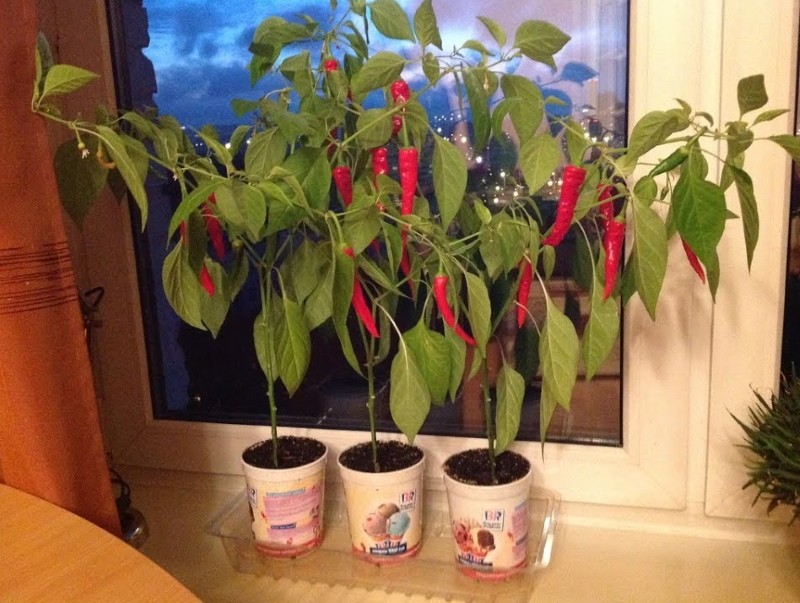"Tasty" beauty is always at your fingertips - pepper A light on the windowsill, care for a spice in a pot
 Lovers of hot spices can be recognized by looking in their windows - for sure there are peppers instead of violets and pelargoniums. Why not, because they look beautiful, especially varieties with colorful fruits, and the harvest does not depend on the weather. Most often, it is the Spark pepper that is grown on the windowsill, the care of which is practically no different from taking care of indoor flowers. Knowing the requirements of such a home culture for lighting, humidity and "nutrition", it will not be difficult to wait for small, but such spicy, peppers. So what does indoor peppers need to bear fruit?
Lovers of hot spices can be recognized by looking in their windows - for sure there are peppers instead of violets and pelargoniums. Why not, because they look beautiful, especially varieties with colorful fruits, and the harvest does not depend on the weather. Most often, it is the Spark pepper that is grown on the windowsill, the care of which is practically no different from taking care of indoor flowers. Knowing the requirements of such a home culture for lighting, humidity and "nutrition", it will not be difficult to wait for small, but such spicy, peppers. So what does indoor peppers need to bear fruit?
Features of growing a Fire in a pot

But still, the main goal is still not a lush crown, but fruits. Therefore, you must provide the bushes with a comfortable microclimate. First of all, it concerns lighting - pepper loves the sun. Place the pot on a well-lit windowsill. Better to let it be the southeast side of the house. Direct rays are undesirable for the plant, they will burn the leaves at noon. Also, do not forget that pepper is thermophilic and does not like drafts very much.
Daylight hours for indoor peppers should be at least 10 hours. With a lack of lighting, he begins to throw off the leaves, stops blooming and even drops fruits.
Pepper Spark on the windowsill - home spice care
 The easiest way to grow the spice is from seeds that you can buy at the store. Or just get it out of the purchased Fire. Soak them and then sow them in a mini greenhouse. Dive the grown seedlings into pots, place them on a warm and light window.
The easiest way to grow the spice is from seeds that you can buy at the store. Or just get it out of the purchased Fire. Soak them and then sow them in a mini greenhouse. Dive the grown seedlings into pots, place them on a warm and light window.
Now you just have to support the development of the pepper:
- water the bushes regularly, do not let the soil dry out;
- in winter, if the room is too warm and dry, spray the crown periodically;
- to make the bush more lush, you can pinch the tops of young plants;
- in spring and summer, feed with special fertilizer for pepper or tomatoes according to the instructions.
In order for the fruits to be larger, do not regret and remove some of the inflorescences.
Once every 2 years, transplant your Spark into a larger pot, but do not take it too deep. The substrate is suitable for universal use, or mix in equal proportions sand, humus and deciduous soil.